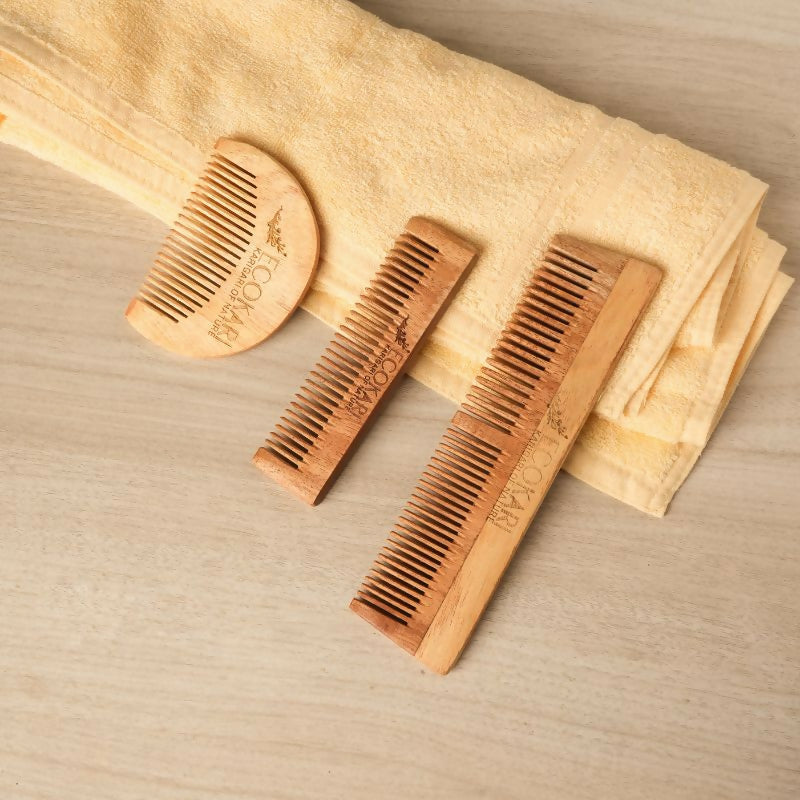A Breakdown on Landfill Waste Decomposition

Everyday items that frequently end up in landfills, where their decomposition can take a significant amount of time, sometimes centuries, and some materials exist forever which do not decompose at all, presenting severe environmental hazards. Below, we have listed few common items along with the duration they typically take to decompose, highlighting the urgency of addressing waste management.
PLASTIC
Plastics, depending on their type, decompose within a range of 10 to 1,000 years. However, for plastics to fully break down into components that can dissolve back into the soil, it can take as long as 1,000 years. According to Dr. Tarun Anumol of Agilent Technologies, as cited in a Forbes article, plastic bags, which are commonly made from polyethylene, can take up to 1,000 years to degrade completely under certain conditions. Plastic bottles, particularly those made from polyethylene terephthalate (PET), can take approximately 450 years to decompose. Plastic straws, another widely used product subject to partial bans in several areas yet still not completely phased out, are estimated to take about 200 years to decompose.
Alternatives: Addressing the plastic pollution crisis requires a multifaceted approach, including reducing the production, improving recyclable alternatives, and developing bio-degradable materials. Plastic bottles and straws can be switched with those made from bamboo, wood, stainless steel, or paper, can be encouraged. Implementing strict bans on plastic bags and promoting the use of cotton, jute, upcycled cloth bags, and other reusable materials can help mitigate this issue.

(Image 1: Plastic Waste Decomposition, Image 2: Eco-friendly Alternative)
SHOES
On average, shoes are estimated to decompose in landfills within 30 to 40 years, with billions of pairs ending up in these waste sites annually. According to a BBC report, more than 23 billion pairs of shoes are produced each year, with trainers taking up a large portion of this production. At the same time, over 300 million pairs are discarded, contributing substantially to landfill mass. A Guardian article further elaborates on the durability of materials used in shoe manufacturing, such as ethylene vinyl acetate (EVA), which is commonly found in the midsoles of trainers produced by various brands. This material, when disposed of in landfills, can persist for up to 1,000 years, highlighting the long-term environmental footprint of footwear waste.
Alternatives: Addressing the impact of footwear involves adopting sustainable manufacturing techniques, creating innovative re-use of materials, and raising awareness on responsible disposal practices. Biodegradable footwear and making of upcycled shoes could be possible in taking steps toward a greener footprint.

(Image 1: Shoe Dump, Image 2: Pangaia Grape Waste Shoes)
SEQUINS
Sequins, the shiny and pretty embellishments commonly used on clothing and other items, are unfortunately not biodegradable. They pose a significant environmental hazard, often ending up in landfills where they exist indefinitely, contributing to pollution. Moreover, these plastic sequins can find their way into oceans, posing a threat to marine life. According to a report by the BBC, sequins represent an environmental hazard; once they reach landfills, they are likely to remain there "forever." Additionally, the process of manufacturing sequins, which involves punching them out of plastic sheets, generates waste.
Alternatives: Personal choices can contribute significantly by selecting clothing and products that avoid traditional plastic sequins, instead opting for items made with sustainable or recyclable materials. Supporting brands and designers focused on sustainability is key. An example is Elissa Brunato, who developed BioSequins, a waste-free, nature-inspired innovation made from a plant-based polymer. This initiative has seen commercial use, with Stella McCartney introducing BioSequins into her collection. Brunato's research aimed at creating ethical sequins from cellulose derived from plants as alternative to traditional plastic sequins.

(Image credit: BioSequin - Stella McCartney x Radiant Matter)
ALUMINIUM FOIL
Aluminium foil is not biodegradable, meaning it does not break down naturally into organic materials. It can take a very long time to decompose, with estimates ranging from 100 to 500 years or more. This might be due to various factors, including the thickness of the foil and the environmental conditions to which it is exposed. The primary process affecting aluminium foil in the environment is oxidation, which can lead to a form of corrosion or "rusting." Aluminium's oxidation forms a protective layer that slows further decay. Due to its characteristic, it contributes to aluminium's longevity in the environment, where it can eventually harm ecosystems by accumulating in soil and water, posing risks to wildlife and potentially entering the human food chain. Recycling aluminium is quite efficient and can help to reduce the environmental footprint associated with its production and disposal. Aluminium can be recycled indefinitely without losing quality, making it a valuable resource for circular economy efforts.
Alternatives: Reducing the use of aluminium foil can be achieved by encouraging the adoption of alternatives like reusable containers, beeswax wraps, parchment paper which decomposes, and fabric food covers an eco-friendly alternative for food storage.

(Image 1: Aluminium Foil Waste, Image 2: Eco-friendly Alternative-Parchment Paper)
STYROFOAM
Styrofoam, commonly used in packaging, is not biodegradable and fails to decompose fully. It is estimated that Styrofoam might take approximately 500 years to break down, and even then, the plastics within it may only break into smaller pieces rather than fully decomposing. The Green Dining Alliance, through their research study titled "The Real Cost of Styrofoam," highlights that Styrofoam cannot be fully recycled and poses significant environmental and health risks, particularly when food comes into contact with it. In the United States alone, approximately 2.5 million tonnes of Styrofoam gets discarded into landfills each day, where they are likely to persist for centuries.
Alternatives: There are several eco-alternatives to Styrofoam, such as using materials derived from plants, paper, cardboard, and biodegradable foams made from corn starch or sugarcane. These provide sustainable options for packaging, insulation, and other use where Styrofoam is traditionally used.

(Image 1: Styrofoam, Image 2: Ecovative's Compostable Mycellium Foam)
Addressing such issues requires strict responsible production practices, government regulations, and increased awareness of eco-friendly alternatives. Together, these measures can help to reduce waste, encourage reusing methods, and adopt sustainable consumption patterns to protect the environment.






Leave a comment